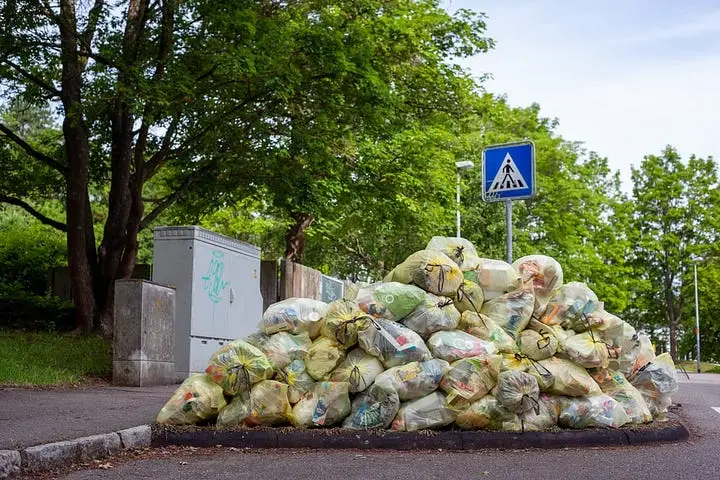
Food waste in Canada is at an all time high
The Huge Problem of Food Waste!
Although world hunger is one of the top global issues, food waste is rising! According to recent studies, more than half of all food produced in Canada is discarded into landfills. About 35.5 million tonnes of food is landfilled in Canada. Over 60% of the food wasted in Canada is preventable in all sectors of the food industry and yet the problem persists. Adding to the irony, hunger in our communities is growing, as food insecurity is on the rise with 1 in 8 Canadian households being insecure. At the core, food loss/waste occurs throughout the entire supply chain; the most evident reasons being the Food Grading System, Inaccurate Forecasting, and Conservative Best Before Dates.
Food Grading System
A food grading system is often implemented to ensure that food that is being produced meets quality and cosmetic standards. Although this ideal is prevalent in the food industry, it has detrimental consequences in the long run. In addition to not being sold to manufacturers, difficult-to-market produce (still tasty and healthy) can also be discarded for its size, shape, or color because it is not deemed “perfect”. This is due to the idea that fresh produce should be perfect. In Canada, about 13% of fruits and vegetables go unharvested or discarded due to the food grading system.
Inaccurate Forecasting
Inaccurate forecasting occurs when production companies or manufacturers produce considerably more than they are capable of selling. This is because businesses frequently overestimate their needs and manufacture more product out of concern of not having enough to fulfil customer demand. Inaccurate forecasting results in a surplus of food that are still perfectly edible, to be discarded in our landfills.
Conservative Best Before Dates
Conservative best before dates contribute significantly to food waste. Products are frequently discarded due to best-before dates, which are used by firms to safeguard their brand and regulate consumer perceptions of the product’s quality. Furthermore, food waste happens due to a misunderstanding of shelf life, as seen by confused “sell by”, “use by”, “best before” and “expiration” date labels.
Food Insecurity Growing in Canada
Recently, more and more Canadians have been suffering with rising food prices, as prices for staples such as pasta, bread, and meat have all skyrocketed. According to a Food Banks Canada poll, hunger and food insecurity are on the rise throughout the nation, with lower-income Canadians being impacted the hardest by inflation. Furthermore, according to a Mainstreet Research poll, around 25% of Canadians reported eating less than they should because they didn’t have enough money for food.
How Do We Prevent This?
Food loss and food waste can be addressed in a number of ways. Many of them focus on preventing food loss at all stages of production and manufacturing. Others include customers’ acceptance of less than perfect looking produce and foods. At Sai Dham Food Bank, we want to
bridge the gap between wasted food and hungry families. Our goal is to encourage companies involved in each stage of food production to donate and redistribute their edible food waste to our food bank in order to help us feed our communities instead of our landfills!
Help us prevent food waste and feed someone
If you or someone you know can help us to reduce our food waste in landfills and instead help us feed our communities, please contact us at info@saidhamfoodbank.com or call us at 437–988-4422.
